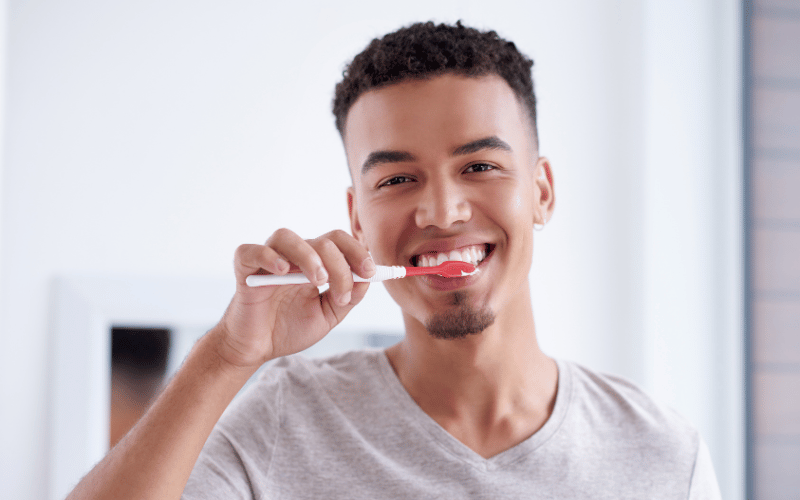2. Brushing with Precision: The Art and Science of Clean

Proper brushing goes far beyond the back-and-forth motion many of us adopt as children. It’s an art form, a deliberate technique that ensures every surface of every tooth is cleaned effectively. The science of brushing is equally important, understanding that it’s not just about the physical removal of food particles, but also about combating the biofilm of bacteria that forms on teeth and gums.
For starters, selecting the right toothbrush is vital. Soft-bristled brushes are recommended as they are gentle on the gums while still being effective at removing plaque. The size and shape of the brush should fit comfortably in your mouth, allowing access to all areas easily. Electric toothbrushes with rotating or vibrating heads can offer a more thorough clean for those who struggle with manual brushes.
The technique is key. You should be brushing at a 45-degree angle to the gums, using short, gentle strokes that cover all surfaces of the teeth—outer, inner, and biting surfaces. Don’t forget your tongue; bacteria love to dwell there too. Brushing for two minutes might seem long, but it’s the duration needed to ensure a proper clean. And timing your brushing to twice a day, especially before bedtime, is crucial as it prevents bacteria from wreaking havoc overnight.
Toothpaste choice matters as well. Fluoride toothpaste strengthens teeth and has been shown to have a significant impact on the reduction of cavities. Some toothpastes offer additional benefits like tartar control, whitening, and enamel repair. Read labels and select a product that aligns with your dental health needs.
Brushing is not just about fighting cavities; it’s about setting the stage for long-term oral health. Done correctly, it prevents bad breath, gingivitis, and the progression of periodontal disease. It’s a ritual that, when perfected, becomes second nature—a small but mighty act in the quest for dental longevity. (2)